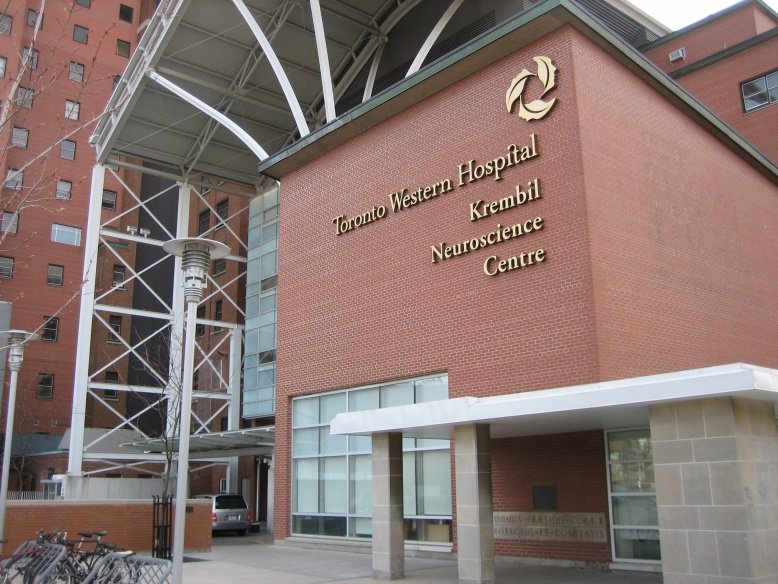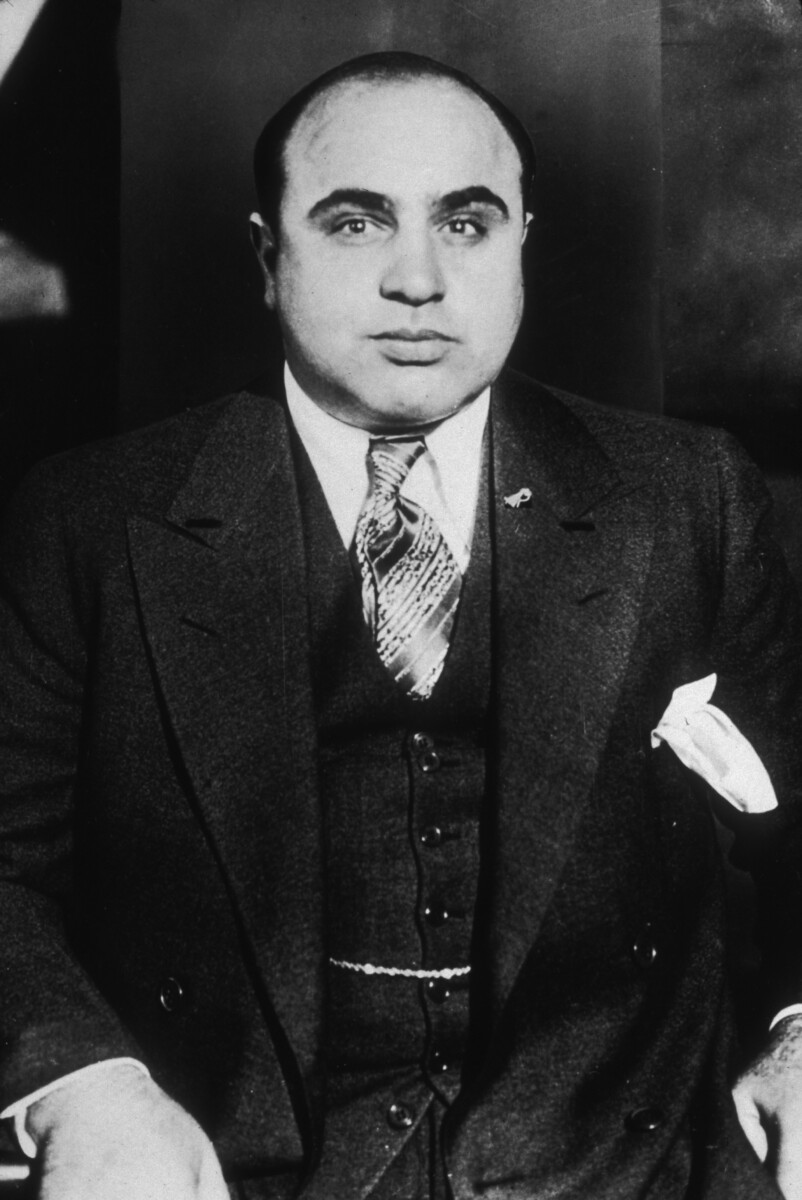Norway: Universal Care, No Surprises
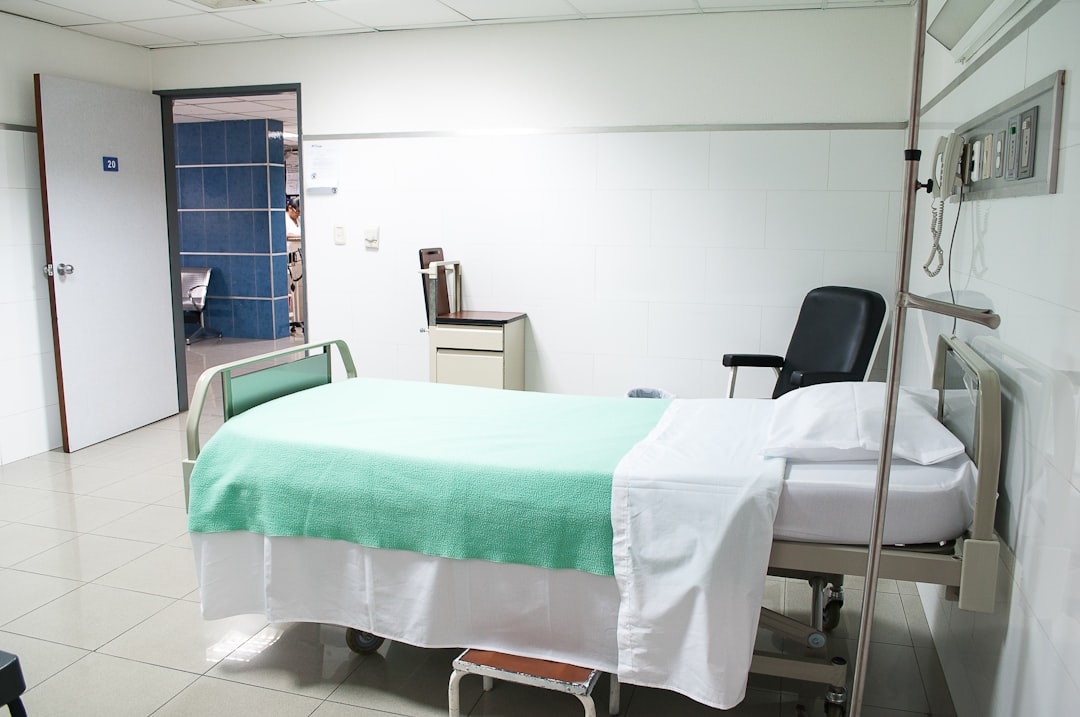
Norway’s healthcare system is often described as a gold standard for affordability and access. Backed almost entirely by public funding, Norway ensures that every resident receives essential healthcare services, with most costs covered upfront. According to the OECD’s 2024 report, Norway invests about $7,000 per person annually on healthcare—one of the highest rates globally. This commitment pays off: Norwegians enjoy an average life expectancy of 82 years and an impressively low infant mortality rate of 2.5 per 1,000 live births. There are no hidden fees for doctor visits, and prescription costs are capped. A 2024 Norwegian Patient Survey showed that more than 85% of citizens felt confident they could access care when needed. Preventive care is also a top priority, with vaccination and screening programs widely available. It’s striking how financial worries rarely stand in the way of medical help here.
Sweden: Proving Health Equity Is Possible

Sweden’s model is all about fairness and equal access, and the results speak for themselves. The country’s healthcare is primarily tax-funded, and nearly all residents are covered from cradle to grave. Out-of-pocket costs are remarkably low, making up only 10% of total healthcare spending. The World Health Organization’s 2023 survey found that over 80% of Swedes were satisfied with their care—the kind of number most countries dream of. Sweden’s public hospitals are well-equipped, and waiting times for most treatments are short. Children and seniors often receive extra support, and prescription medicines are subsidized. The focus on preventive medicine means that Swedes visit the doctor regularly without fear of big bills. It’s a system built on trust and shared responsibility, and it shows in the nation’s overall health.
Germany: Combining Public and Private for Strong Results

Germany’s healthcare system is a blend of statutory and private insurance, but it’s the public element that covers almost 90% of people. Employees and employers share the cost, with the state stepping in to help those on low incomes. Per capita healthcare spending is about $5,500, according to the German Federal Ministry of Health’s 2024 figures, which reflects the country’s serious investment in medical services. The average wait time to see a specialist is only about four weeks—significantly faster than many other developed nations. Hospitals and clinics are modern and staffed by highly qualified professionals. Prescription drug costs are regulated so that patients aren’t hit with shocking charges at the pharmacy. Germans consistently report high satisfaction with their system, and the country’s approach to mental health care is becoming a model for others. The dual structure offers flexibility while keeping costs under control.
Canada: Medicare Makes the Difference

Canada’s healthcare system, known as Medicare, is publicly funded and ensures that all citizens have access to essential medical services without direct charges. The Canadian Institute for Health Information in 2023 reported that Canada spends about $5,500 per person annually on healthcare. Canadians don’t worry about paying for hospital stays or doctor visits—these are covered through taxes. While there are challenges, such as longer waits for some elective procedures, support for the system remains strong, with 70% of Canadians in favor of Medicare. There’s a focus on primary care and prevention, and prescription costs are kept relatively low, especially for seniors and those with chronic illnesses. Community health centers are common, and most provinces offer additional support for mental health services. The sense of security and fairness is something many Canadians wouldn’t trade for anything.
Australia: Hybrid System, Happy Patients

Australia’s healthcare system is a clever mix of public and private funding, offering the best of both worlds. Medicare, the public option, covers all citizens for hospital and primary care, while private insurance can be used to access faster or more specialized services. The Australian Institute of Health and Welfare reported in 2024 that healthcare costs about $5,200 per person each year. Patients praise the quality and safety of care: 85% of Australians said they were satisfied with their healthcare experiences. Essential treatments and medications are subsidized, and out-of-pocket costs are reasonable for most people. There are incentives for people who buy private insurance, but it’s never a requirement for basic care. Rural and remote communities still face some challenges, but overall, Australia’s approach keeps healthcare both accessible and affordable.
France: Comprehensive Coverage, Modest Bills

France is often cited as having one of the world’s most comprehensive and affordable healthcare systems. The system is primarily funded by taxpayer contributions and operates on a principle of solidarity—everyone pays in, and everyone benefits. According to the French Ministry of Health’s 2024 report, average out-of-pocket expenses for French citizens are less than $400 per year, thanks to extensive reimbursement policies. Patients are free to choose their doctors, and most medical visits are reimbursed at rates up to 70%. Hospital care is of high quality, and prescription drugs are heavily subsidized. The system supports preventive care and chronic disease management, with strong public health campaigns. Even dental and vision care receive significant support. The French public’s satisfaction with healthcare consistently ranks among the highest in Europe.
The United States: High Costs, Uneven Access

The United States stands out as a country that struggles with both the cost and access to healthcare, despite spending more than any other nation—about $12,000 per capita according to the Kaiser Family Foundation’s 2023 research. Insurance is often tied to employment, and millions remain uninsured or underinsured. Even those with insurance can face high deductibles, co-pays, and surprise bills. A shocking 30% of Americans reported delaying or skipping care in 2023 because they couldn’t afford it. Life expectancy in the U.S. is 78 years, lower than most other wealthy countries. Disparities in care are pronounced, with lower-income and minority communities facing greater barriers. The country’s health outcomes are not keeping pace with spending, and the debate over universal coverage continues to spark fierce discussion.
India: Out-of-Pocket Burden Remains Heavy
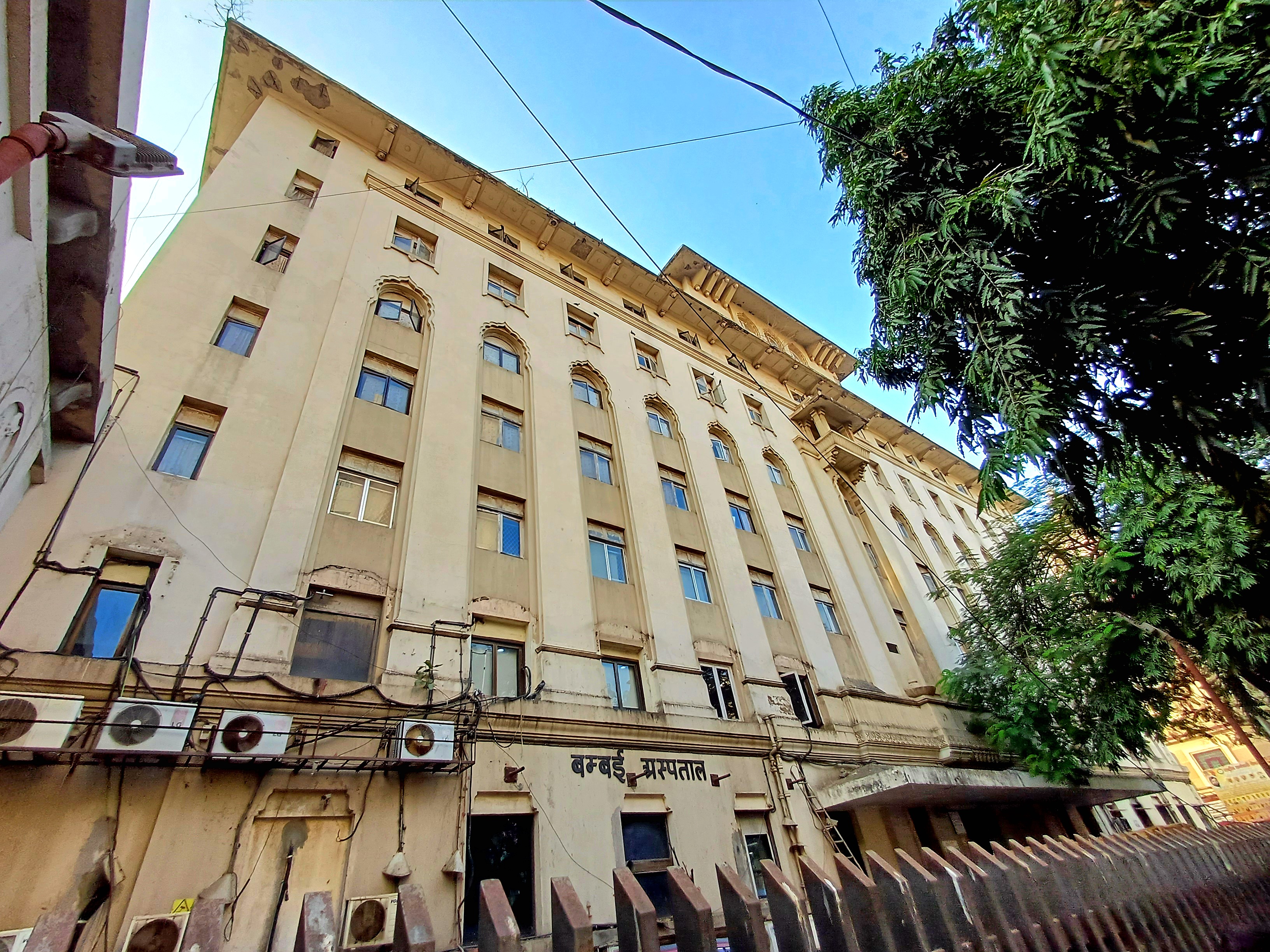
India’s healthcare system is a patchwork of public and private providers, but most people still pay directly for their care. The World Health Organization’s 2024 report highlighted that out-of-pocket spending in India accounts for nearly 70% of all health expenses, placing a heavy burden on families, especially in rural areas. Government hospitals offer free or low-cost care, but are often overcrowded and under-resourced. Private clinics provide better service but are out of reach for the poor. Life expectancy in India is 69 years, and the country faces high rates of infant mortality—30 per 1,000 live births. Efforts to expand insurance coverage, such as the Ayushman Bharat scheme, are underway but have not yet reached the majority of the population. Many Indians still face the risk of falling into poverty due to healthcare costs.
Brazil: Ambitious Goals, Persistent Gaps
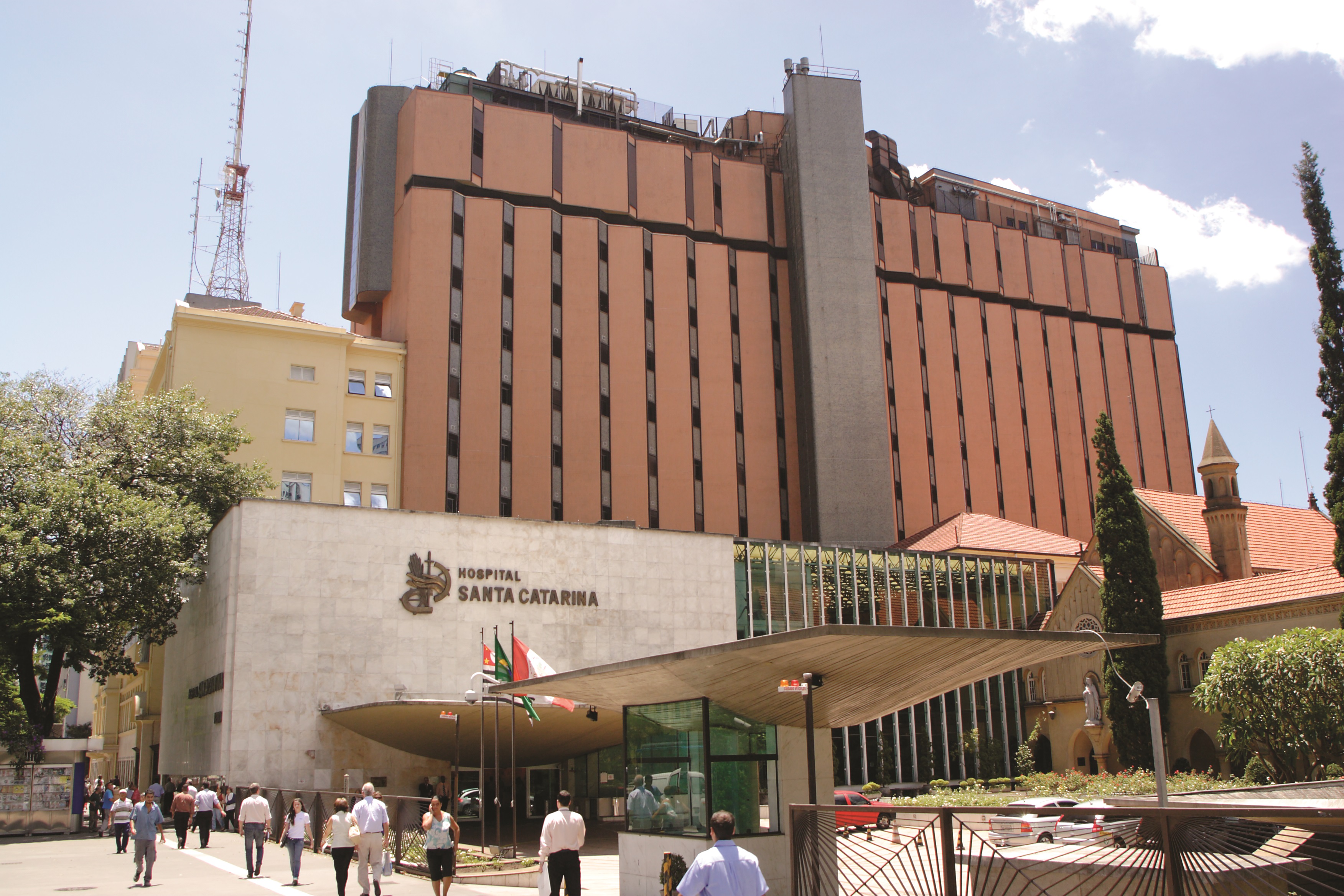
Brazil’s healthcare system, SUS (Sistema Único de Saúde), is one of the world’s largest public health initiatives, but funding and access remain significant challenges. According to the Brazilian Institute of Geography and Statistics’ 2023 data, Brazil spends only about $1,500 per capita on healthcare—a fraction of what wealthier countries allocate. While the goal is universal coverage, nearly a quarter of Brazilians rely on private health insurance, creating inequalities in quality and speed of care. Public hospitals are often overcrowded, and wait times for specialist appointments can stretch into months. Essential medicines are supposed to be free, but shortages are common in low-income areas. Rural and remote regions are especially hard-hit, with fewer medical professionals and limited facilities. The system’s ideals are strong, but the reality for many is still far from adequate.

